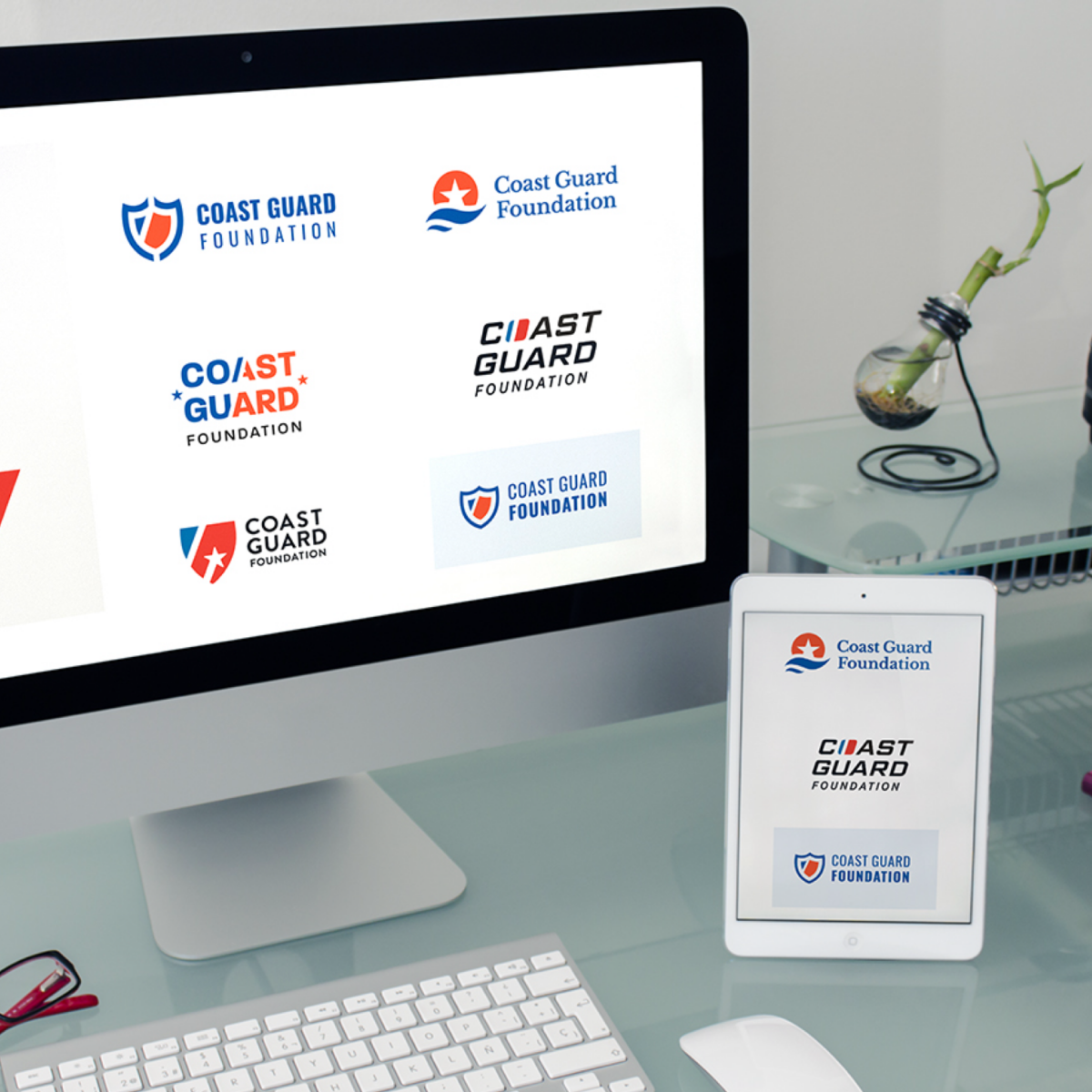- Expand Your Marketing and Outreach

- Need-to-Know Technology
A Guide To Deciding When to Build or Buy A Web Tool/Service
When it comes to web technology, there are solutions for just about everything. Do you need CRM, online fundraising, discussion forums, social networks, or job listings? You can likely find a SaaS (Software as a Service) solution to sign up for, a license to purchase, or open source solution to download all that offer complete working solutions to use "out of the box" to address your need.
Sometimes you might feel a tug in your gut or hear an inspiring idea shared by a colleague that makes you consider whether you should build your own technology. It's a tempting feeling to build something tailored to you, fully customized, and by your design.
How do you know when to use what someone else has built to do the job you need or whether it may be time to build something of your own?
Getting to an answer is a little like a choose your own adventure story, you need to consider some key questions and spend a little time learning and evaluating along the way.
Critical Question 1: Is there a solution that addresses your need?
If No and you have done your research:You are entering entrepreneur territory. You may be forced into considering a custom solution and should begin some product thinking and strategizing early. Continue on to Critical Question 3.
If Yes: Continue on to Critical Question 2
Critical Question 2: How much experience do you and/or your organization have with other products that are designed to meet your need?
If little or no experience: Continue reading.
If lots of experience: Continue reading, but you may be ready to skip right to Critical Question 3.
Always Use Someone Else's Solution First
Well that was a direct response to the question, right? It's like the first rule of technology club. Don't roll your own when you don't have to. Start with something "off the shelf" when possible and in many cases try more than one solution over time if the first does not do the job.
Let's take something simple, like an online survey tool as an example. If this is your organization's first online survey, try Wufoo, Get Feedback, Typeform, or some other of the hundreds of offerings that are out there. Use your selected solution 1, 2, 3, 5 times and take some notes as you go. What do you like? What don't you like? If the "don't likes" become roadblocks or significant pain points from you getting the job done, then try another "off the shelf" solution and similarly use a few times and take notes.
I would recommend going with a solution or product that includes support. SaaS solutions are a fantastic first option to try. They often have low monthly fees if not free trials, offer support, and generally allow you to cancel their service at any time. Also, always choose a tool that has an API. Even if you don't know what that means or how it could serve you, this should not be overlooked.
If the solution you are using is doing the job well, congrats and keep using it. If not, keep reading.
You've Tried Other Solutions But Are Still Not Satisfied
Things get more complicated from this point forward. Let's say you heeded my advice and used some SaaS offerings and felt that they were not doing the job you need done or in a way this was right for you.
There are so many reasons why an "off the shelf" solution may fail you. These may include but are certainly not limited to the following:
Ease of use or lack thereof: Could be for you to administrate the solution or for your target audience to interact with it.
Data Silo: You need the data the solution generates to be used elsewhere and it is a real pain to get it there.
Brand Impact: The solution doesn't look good, doesn't feel good, and/or can't be integrated into your website. Not easy to use by your constituents directly impacts brand as well.
You've learned a lot using other tools. All those notes you have gathered about likes and dislikes are incredibly valuable. You are now experienced.
Here's the next critical question that will guide any further follow-up questions and next steps.
Critical Question 3: How essential is this solution to your mission?
Answer this on a scale of 1-10 with 10 being essential and directly in line with mission execution and 1 being not mission related at all.
If you answered 1-5 you should likely stick with an "off the shelf" solution.
I'd consider the following questions to guide your next steps.
Is there a future for this platform? - Let's say there is some good with the bad of the platform you have tried. Reach out to the solution's creators and get their response on your pain points. Maybe they are working on it.
Can you revise your expectations and/or process to better fit the tool?- There are times when the pain points you are experiencing may be caused by your trying to do things in a certain way the technology was not designed for. It may be worth taking a step back and assessing if there is way to adapt to the tool to have a better experience and result.
Is the value you get from the solution greater than the pain? - it just may be worth facing up to the reality that the solution is not ideal but still worth sticking with.
Is it possible your need could change? If a good solution is not easy to find and it is not important to your mission is the need that is trying to be addressed still important? Might be time to move on to addressing a new need.
If you answered 6-8 then welcome to the gray area.
You should consider the questions above as well as the question below. Also, building your own solution may be worth some consideration.
Can the solution you have been working with be extended to address your pain points? - Is there a way to extend the functionality of your chosen solution through another service, third-party add-on, or API? Going back to the survey tool solution. Let's say you want to get the data from that solution to Salesforce.com. Could you do so with a third-party data connector service like Zapier [zapier.com]? If not, is there an API available that you could tap into to develop a custom solution for this integration?
If you answered 9-10 then you may be a candidate for going custom.
You should certainly assess all the questions above. Going custom is an investment requiring not only the initial cost to build but also a continuing budget for upkeep and evolution.
If after notable effort assessing other solutions and if there is notable connection to your mission, then it may indeed be a good time to explore building your own solution, your own product.
It's at that time you rally your team both internal and external to explore this possibility.
Building Your Own as Last Resort and Oh The Potential
Building your own solution is a risky undertaking. Having some strong experience and knowledge from existing solutions can help mitigate some risk in particular as you can more specifically articulate what you need in a custom solution.
You can build your own knowledge base around your need by piggybacking on that of others by using their solutions at minimal cost and time. This provides you an opportunity to test your ideas and evaluate your results more efficiently.
If you are starting a community maybe a Facebook or LinkedIn group is a good place to start. If you are running a team fundraiser you might consider one of the many solutions like Causevox or Razoo for your first effort.
If your journey has left you with unsolvable pain points from other solutions and your needs are mission critical or notably mission impacting then you can take all you have learned and apply it to some product planning and explore the possibility of creating your own custom solution with greater confidence.
More Articles
- Expand Your Marketing and Outreach
Announcing a new design? Don’t just launch—tell the story
- Expand Your Marketing and Outreach
Nonprofit Logo Inspiration
Mightier Newsletter
Join our community of nonprofiteers and the partners that support them. Our monthly newsletter includes resources with small and mighty teams in the social sector in mind – sharing tips to help with content creation, website use, marketing, and more.
SubscribeArticles are brought to you by Minds On Design Lab
Minds On Design Lab is a strategic design studio with digital expertise. We're passionate about elevating small and mighty teams in the social sector. We connect people to mission through beautifully designed branding, web, and print.


